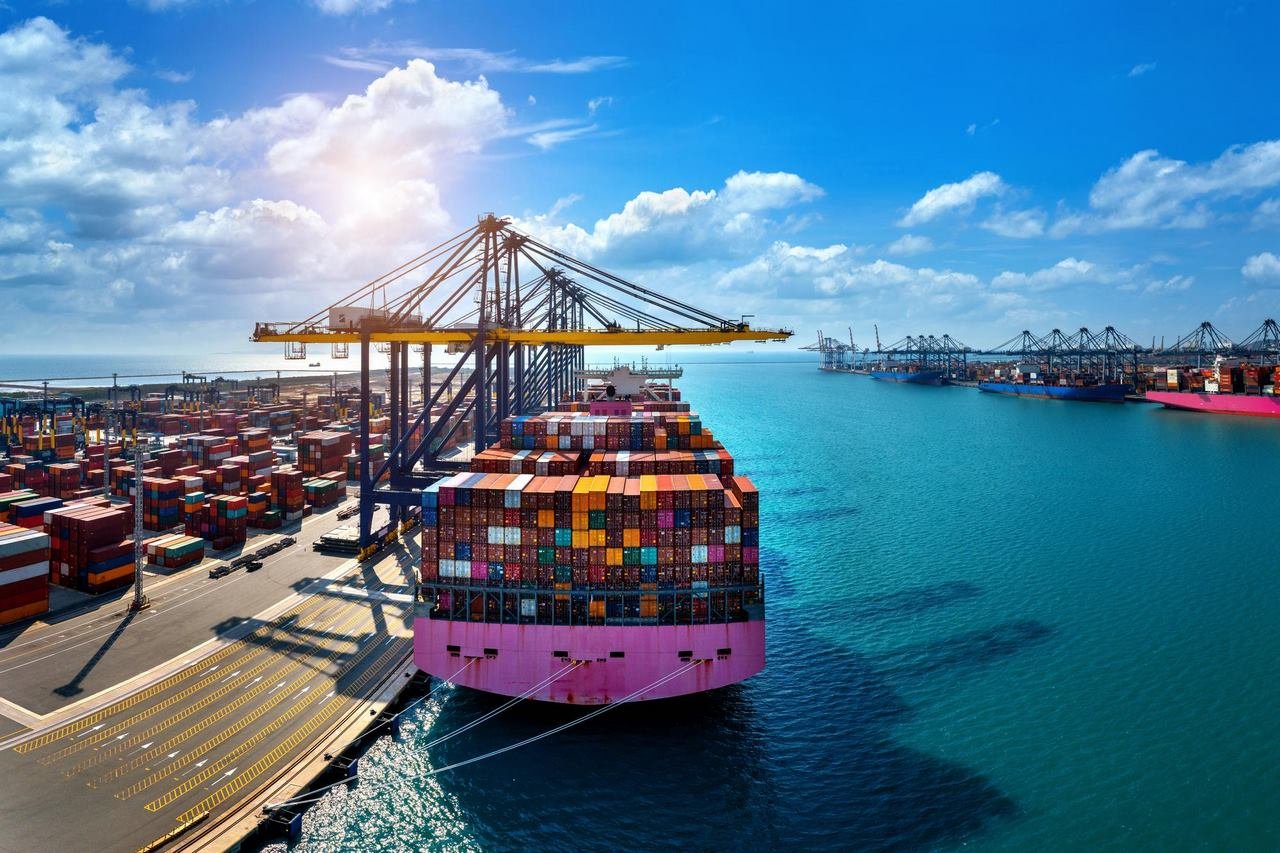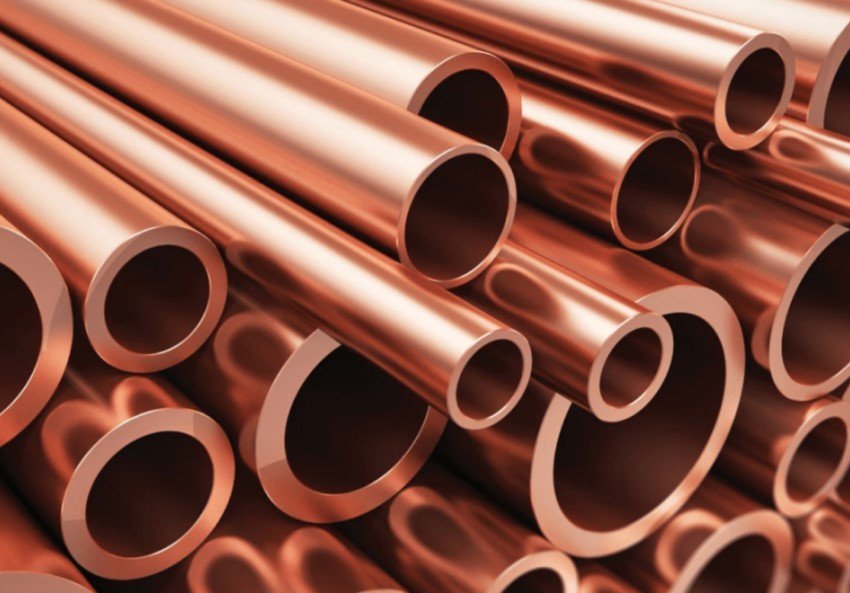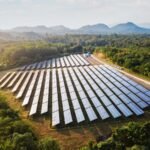In today’s rapidly evolving global economy, copper remains one of the most critical industrial metals driving development across sectors. From renewable energy infrastructure to electric vehicles and advanced manufacturing, the demand for copper is steadily rising.
Copper Export: Market Trends & Future Growth Potential
Companies like Steelbridge Export are playing a pivotal role in responding to this demand by developing agile and reliable copper export solutions tailored for international markets.
Why Copper is More Valuable Than Ever
Copper’s versatility and conductivity make it indispensable in everything from electronics to green energy. With increasing global attention on sustainable infrastructure and electrification, the copper export and global supply chain is under greater pressure to perform efficiently and responsibly.
From power grids to solar farms, copper is at the heart of innovation. The global shift toward renewable energy and digitalization has accelerated the demand, prompting exporters and suppliers to focus on resilient sourcing models and forward-looking logistics planning.
Understanding the EPCF Model in Copper Exports
One of the most efficient frameworks used today in infrastructure and industrial project delivery is the epcf model – Engineering, Procurement, Construction, and Financing. This model is increasingly applied in copper export projects, especially where large-scale government or private sector infrastructure is involved.
The epcf model allows for a holistic approach: designing and engineering the right logistics and procurement strategies, ensuring secure supply lines, executing construction or project deployment when needed, and securing the required financing to back these endeavors. For exporters, especially in emerging markets, the EPCF model helps reduce risk, control costs, and boost project delivery speed.
Global Trends Shaping the Copper Export Market
The international landscape for copper export is being shaped by a number of key trends:
1. Electrification and Green Energy Demands
Governments and corporations alike are prioritizing renewable energy systems, driving record levels of copper consumption. The copper export and global supply chain must keep up with demand from solar, wind, EVs, and grid expansions.
2. Supply Chain Digitalization
Modern technologies such as AI, blockchain, and predictive analytics are transforming how exporters manage and track copper shipments. Digital visibility is enhancing transparency in the copper export and global supply chain, allowing businesses like Steelbridge Export to mitigate disruptions and optimize delivery.
3. Focus on ESG and Responsible Sourcing
Environmental, Social, and Governance (ESG) standards are reshaping how raw materials are sourced and exported. Exporters adhering to sustainable mining and transport methods are finding it easier to enter new markets and gain long-term trust.
4. Geopolitical Stability and Trade Policy
Tariffs, regional alliances, and logistics bottlenecks are shaping the global copper market. Copper export firms are increasingly seeking diversified routes and politically stable sourcing partnerships.
Regional Leaders and Emerging Markets
Asia continues to lead global copper consumption, with China, India, and Southeast Asia seeing soaring infrastructure investment. However, Africa and Latin America are rising as both sources and destinations in the copper export and global supply chain.
Governments in these regions are adopting the epcf model to fund and execute infrastructure initiatives that are heavily reliant on copper. In particular, EPCF infrastructure and EPCF energy projects are booming in solar plant development, requiring tons of high-grade copper.
The Role of Steelbridge Export in Global Copper Trade
Steelbridge Export has positioned itself as a reliable copper export partner in international markets, leveraging expertise in industrial metal sourcing and logistics. With deep experience in epcf project delivery, the company is helping clients secure stable copper supplies while complying with international trade standards.
Steelbridge’s strength lies in integrating tailored procurement strategies, project financing, and compliance solutions to streamline the movement of copper across borders. As global metal import and export solutions become more complex, this level of integration becomes essential for long-term sustainability.
Copper Export and Global Supply Chain Resilience
Recent global events – from pandemic-era disruptions to geopolitical tensions – have underscored the need for resilient supply chains. Copper exporters now must plan for everything from price fluctuations to freight delays and regulatory shifts.
The epcf model supports this resilience by aligning engineering and procurement with flexible financing. This enables faster decision-making and real-time problem-solving. Companies using the EPCF model can re-route shipments, adjust volumes, or pivot markets more effectively than those using traditional export models.
At the same time, investments in smarter customs handling, digitized inventory, and predictive demand tools are giving exporters the edge. These tools are crucial in navigating the complexities of copper export and global supply chain dynamics.
Future Growth Potential for Copper Export
Looking ahead, the copper export market shows significant promise:
- Urbanization in developing economies will increase the need for copper-intensive infrastructure.
- EV adoption and charging networks will drive large-scale copper requirements.
- Energy grid modernization in both developed and emerging nations will be a consistent driver.
- Smart city projects and connected technologies will rely on steady copper inputs.
The epcf model will be critical in scaling up to meet these demands. It enables the delivery of copper-driven projects at speed and scale, especially where government partnerships or private financing are essential.
Final Thoughts: Sustainable Trade in a Digital Era
The future of copper export is one that will be increasingly powered by strategic collaboration, digital innovation, and sustainable logistics. As global markets evolve, companies that adopt models like epcf model and offer reliable raw material trading services will lead the way.
Steelbridge Export remains at the forefront of this shift, connecting producers and buyers through optimized trade routes, robust financing, and smart logistics solutions. As copper continues to be a critical driver of industrial and energy transformation, Steelbridge’s approach helps partners unlock the full potential of their supply chain.
To learn more about integrated copper trade and infrastructure strategies, visit epcpower for expert insights and solutions.
read more: Thermal Power Coefficient in Solar Panels: A Critical Efficiency Factor in Middle Eastern Climates
Frequently Asked Questions (FAQs)
- 1. Why is copper export gaining strategic importance in global trade?
Due to its essential role in electrification, green energy, and industrial manufacturing, copper is now a cornerstone of infrastructure development worldwide. Global demand is being driven by energy transition trends, including solar power, EV production, and grid modernization—making copper export a critical focus for resource-based economies and EPCF-backed projects. - 2. How do supply chain disruptions affect copper export and global supply?
Disruptions such as geopolitical instability, port congestion, and raw material shortages significantly impact delivery timelines and pricing. In copper export markets, these interruptions can delay large-scale projects like renewable energy plants. EPCF models help mitigate these risks through integrated planning and financial structuring. - 3. What advantages does using the EPCF model offer for copper export logistics?
EPCF (Engineering, Procurement, Construction, Financing) models provide unified project execution and de-risked financing. For copper exporters, this means assured offtake, smoother logistics coordination, and stronger compliance with international trade standards. It also improves investor confidence in large-scale copper-intensive developments. - 4. How is the global copper supply market evolving in terms of pricing and sourcing?
The copper market is facing long-term upward pressure due to rising demand and slow supply growth. Mines in Latin America, Africa, and Central Asia are key sources, but political risk and environmental regulations are tightening. Exporters must diversify sourcing strategies and negotiate long-term contracts to ensure stability. - 5. What role does Steelbridge Export play in copper trade across emerging markets?
Steelbridge Export specializes in delivering copper through EPCF-backed supply chains, ensuring project-aligned delivery and financial efficiency. The company supports utility-scale and industrial copper procurement by integrating sourcing, logistics, and capital coordination—particularly in high-growth regions like the Middle East and North Africa.











1 Comment
[…] read more: Copper Export: Market Trends & Future Growth Potential […]